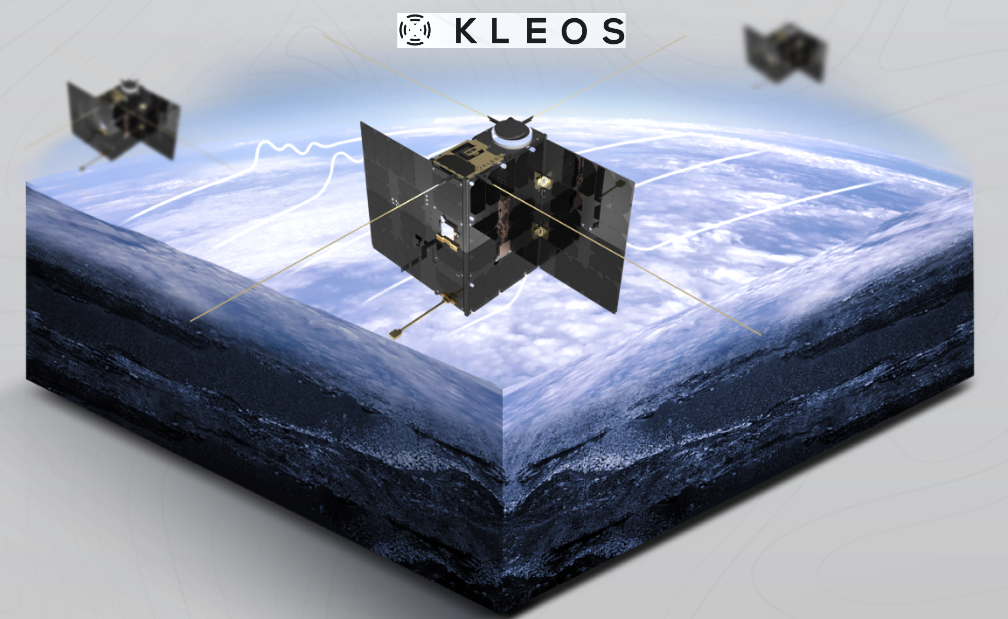
Kleos Space S.A., (ASX: KSS, Frankfurt: KS1) successfully launched their third satellite cluster, the Patrol Mission, on April 1, 2022, onboard the SpaceX Transporter-4 mission.
The D-Orbit Orbital Transfer Vehicle carrying the four Patrol Mission satellites has been successfully deployed into a 500 km. SSO after being launched from Cape Canaveral in Florida.
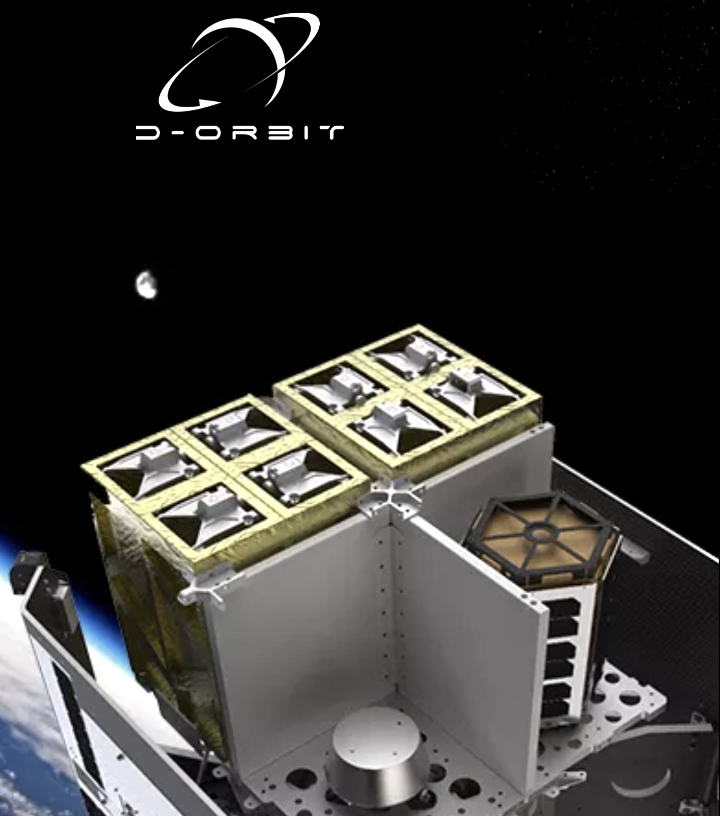
After the deployment of the Kleos satellites from the Orbital Transfer Vehicle, the satellite builder, Innovative Solutions In Space (ISISPACE), will assist with Launch and Early Operation Phase (LEOP) support, including on-orbit system commissioning and final maneuvering of the satellites into their operational formation.
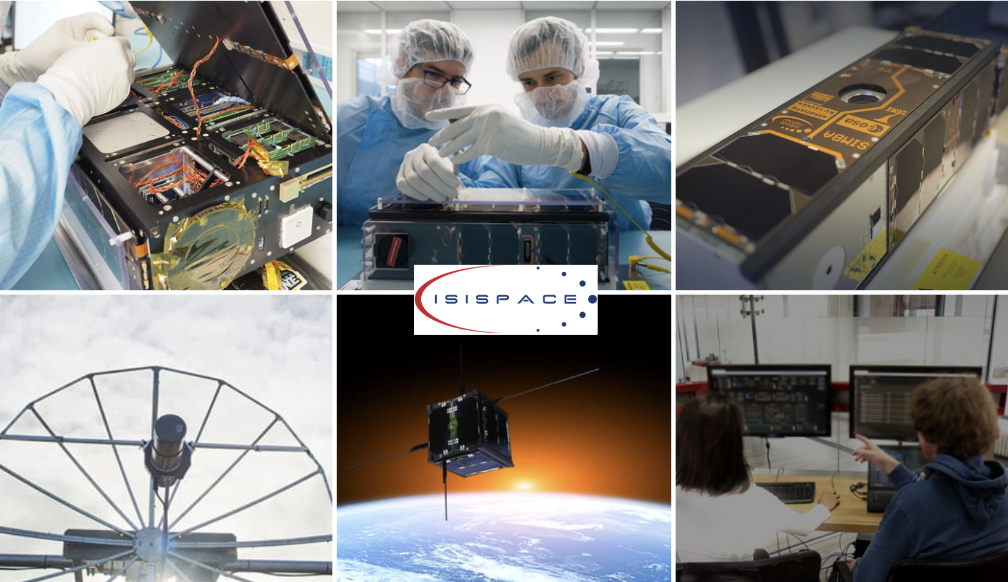
The Patrol Mission satellites increase Kleos’ global data collection capacity by 119 million km² per day and incorporate additional frequency spectrum collection capabilities, enabling the geolocation of X-band radar transmissions in the 8500-9600 MHz range. X-Band maritime radar is commonly used for collision avoidance on board ships even when tracking systems, such as Automatic Identification System (AIS), are turned off.
The additional X-Band geolocation capability will provide greater consistency and accuracy for customers, enabling them to locate ships that are emitting X-band radar signals such as those that might be involved in illicit activities and evading AIS.
The successful launch and deployment will grow Kleos’ LEO constellation to 12 satellites and improve average daily revisits over key areas of interest for the customer base, e.g., over the area between 15 degrees latitude north and south of the equator, to around five times a day.

While Kleos Space’s initial Scouting Mission satellites were focused on mid-latitude collections, including the South China Sea, the Vigilance and Patrol satellites increase the firm’s capabilities and provide global coverage.
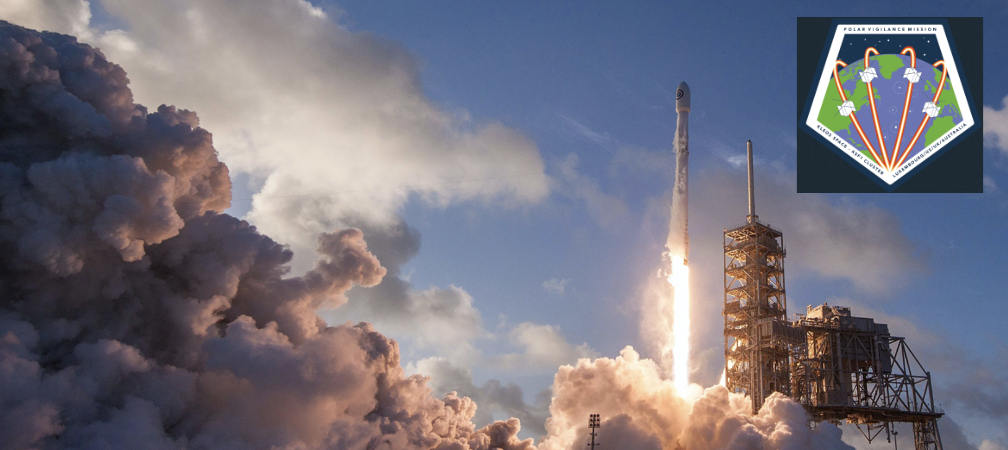
Additional clusters increase the volume of geolocation data available for our customers to purchase as well as its value in establishing baseline patterns of life and improving the detection of illegal activity, such as drug and people smuggling, border security challenges and piracy.
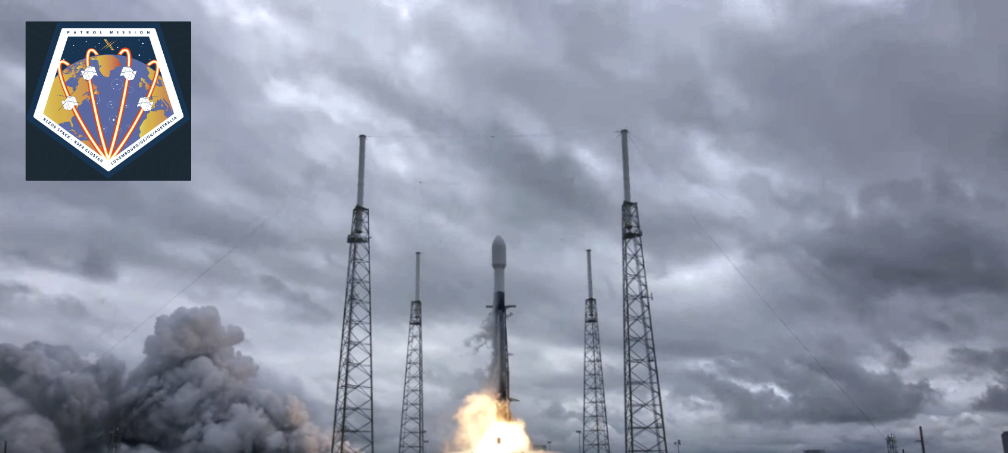
The company’s next launch is being arranged for mid-2022 and is the Observer Mission (KSF3).
Kleos CTO, Vincent Furia, said, “Each of our new clusters feature greater data collection and geolocation capability. In a little over a year, we have launched three satellite clusters with our fourth coming middle of this year. The pace at which we are building our constellation is a testament to the quality of our team and supplier partnerships. Kleos’ accessible and cost-effective GEOINT dataset complements and integrates with existing commercial data, providing our customers with a more complete view of what’s happening on the ground.”
